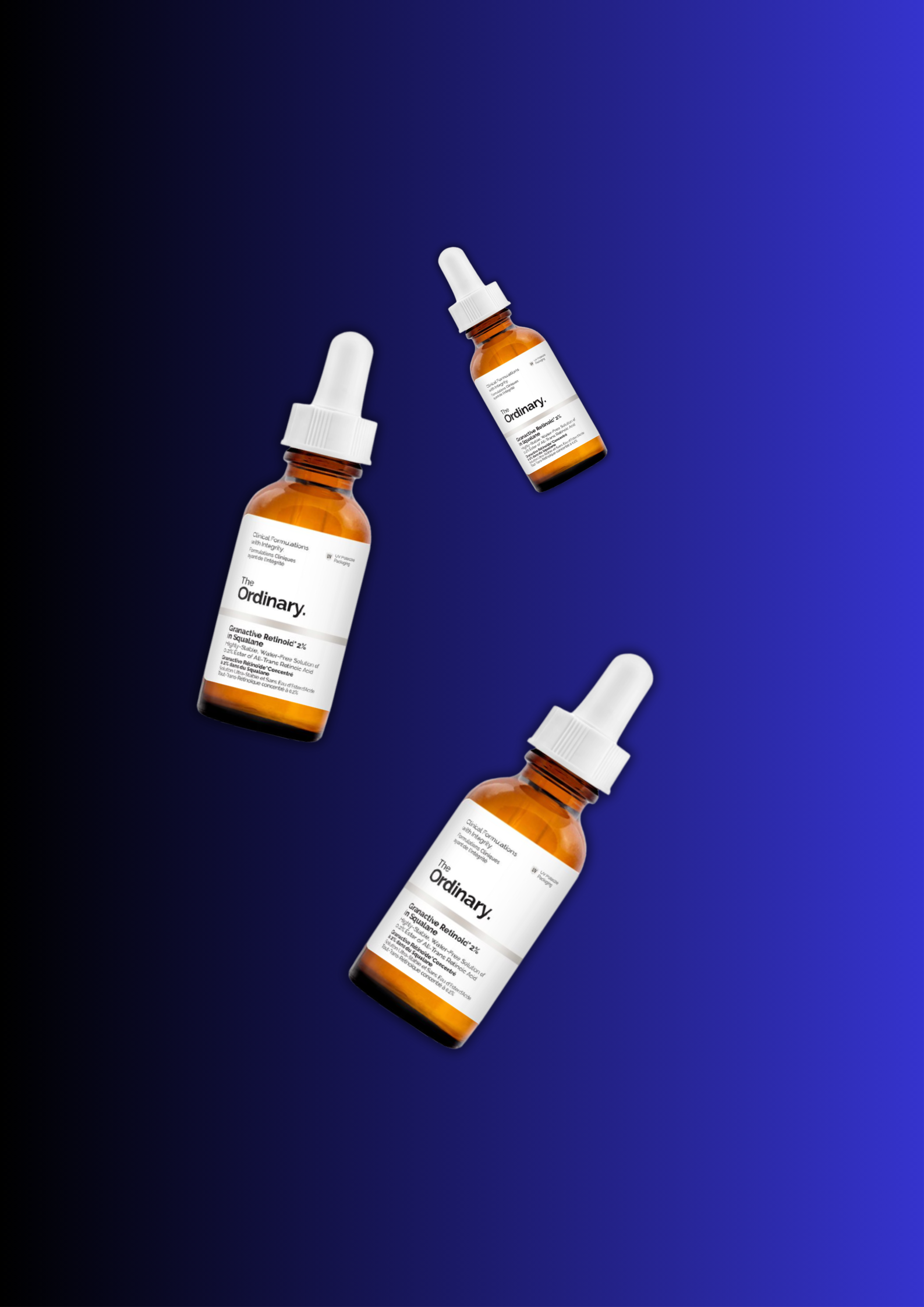So many acids, so little time to decide which one is right for you – so here is your cheat sheet.
My posts about acids in skincare are by far the most popular one’s I’ve done. I believe that’s mainly because there is so much choice (very affordable choice at that) but not a lot of clarity around which one’s you should use and how to be safe whilst using them. There are also a lot of skincare bloggers out there who offer their opinions rather than expert advice. It is hard to navigate through the endless reviews and so I thought I would use what I learned in my Biochemistry degree to make more of these posts. To provide you with just the research that’s already out there.
So, today is a question I’ve been asked many times over. Which one is stronger, lactic acid or glycolic acid? The answer is pretty simple, glycolic acid is stronger. But does that mean it’s better for your skin? And why would anyone even bother with lactic acid then?
A little background
They are both alpha hydroxy acids and they both target a host of skincare issues including; improving acne or skin texture, reducing fine lines and discoloration, and reversing sun damage and aging symptoms.
Lactic Acid
Lactic acid is naturally occurring in milk and is made when milk goes sour. Our body also creates it when it converts food into energy. You may also see it in food labels because lactic acid solution can act as a preservative and additional flavor.
It’s is one of the most common type of AHA and is available in a wide range of concentrations, making it a great beginner and advanced alpha hydroxy acid. You can use it in a lower concentration when you’re starting out in your acid exfoliation journey as well as in stronger concentrations once your skin has become accustomed to chemical exfoliation. In fact, lactic acid can be found in concentrations up to 50 percent, although this is generally in the form of chemical peels and should be well researched before you decided to undergo that treatment.
To start using lactic acid go with a low percentage like 5 percent, follow the directions to use sparingly every few weeks until your skin is used to acid exfoliation before trying a stronger lactic acid product.
Glycolic acid
Glycolic acid is naturally occurring in sugarcane and pineapples but many of the forms found in skincare products are created from scratch to make it a more stable ingredient with a longer shelf life. This also makes it a great vegan skincare ingredient.
It’s the strongest of the alpha hydroxy acids because it has the smallest molecule size. This means that it is able penetrate deeper than other AHAs like lactic acid or mandelic acid and like lactic acid can be found in concentrations of 50 percent. Hence, you have to be careful when using it. Using a high concentration of a powerful acid like glycolic acid without preparing your skin or building up tolerance can lead to a damaged moisture barrier, severe skin peeling, redness, burning, and irritation. In fact, you can literally give yourself 1st degree burns if you try to use a high percentage of glycolic acid without building any tolerance.
So you should use glycolic acid carefully. To help your skin become accustomed to glycolic acid start with a low concentrations like 3 percent and build up tolerance slowly. In fact, using a lower concentration glycolic acid product more frequently over time will give you better results than a one time drastic use of a high percentage glycolic acid produce.
Which one should I use?
When deciding which one to use you have to consider your skin’s sensitivity. Sensitive skin types or those dealing with a damaged moisture barrier and experiencing the highly irritated skin that is a result, might do better with lactic acid.
Lactic acid offers the same benefits as the stronger glycolic acid, but because it has a larger molecule size, it does not penetrate as deeply. People with sensitive skin will find lactic acid to be the gentler acid between two. Using lactic acid at a 5 percent or 10 percent concentration every few weeks will help you get the results you want in time without irritating your skin to the point of damaging your skin’s barrier.
If you think you have built up enough tolerance to acid to move onto the next step you should start using glycolic acid. Or if you have skin that can naturally tolerate more exfoliation glycolic is a good option.
You may also be wondering if you can use them together? Well yes, you can but in doing this you run the same risk as using a high concentrations of either. Building up tolerance is key.
There are products available that already combine the two and again take into account your skin’s sensitivity before trying these out. If you have resilient skin they may work wonders for you but very sensitive skin runs the risk of becoming very irritated.
Lastly, beware that all AHA’s make the skin more susceptible to sun damage. Your skin is extra sensitive to sun damage for up to 7 days after you use an AHA. Hence, it is imperative that you wear sunscreen while using any AHA. AHA’s help reverse visible and invisible damage done by the sun’s ultraviolet rays and if you don’t use an sunscreen daily alongside AHA use, you risk canceling the positive effects of the AHA and experiencing further damage on top of it.




Leave a Reply